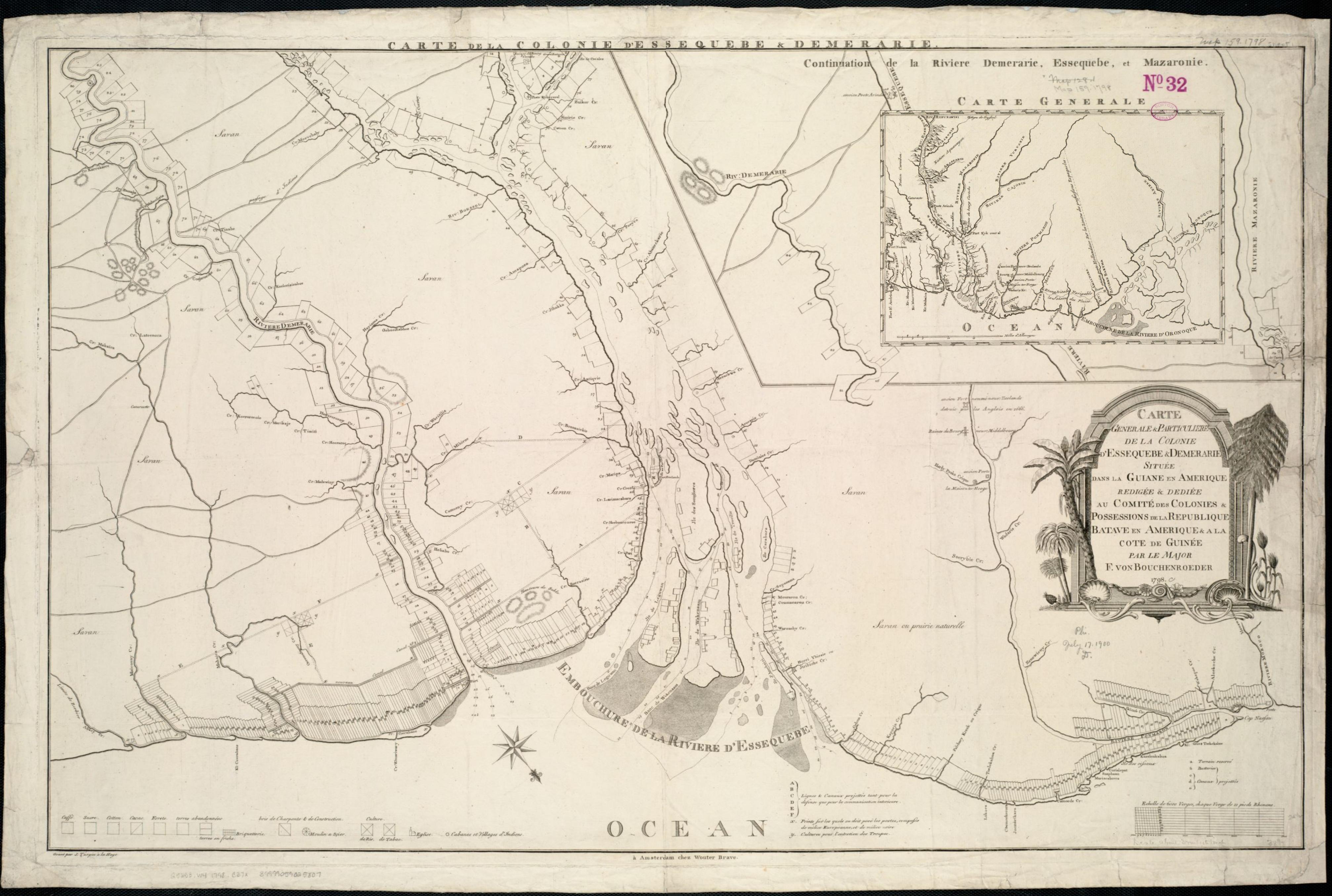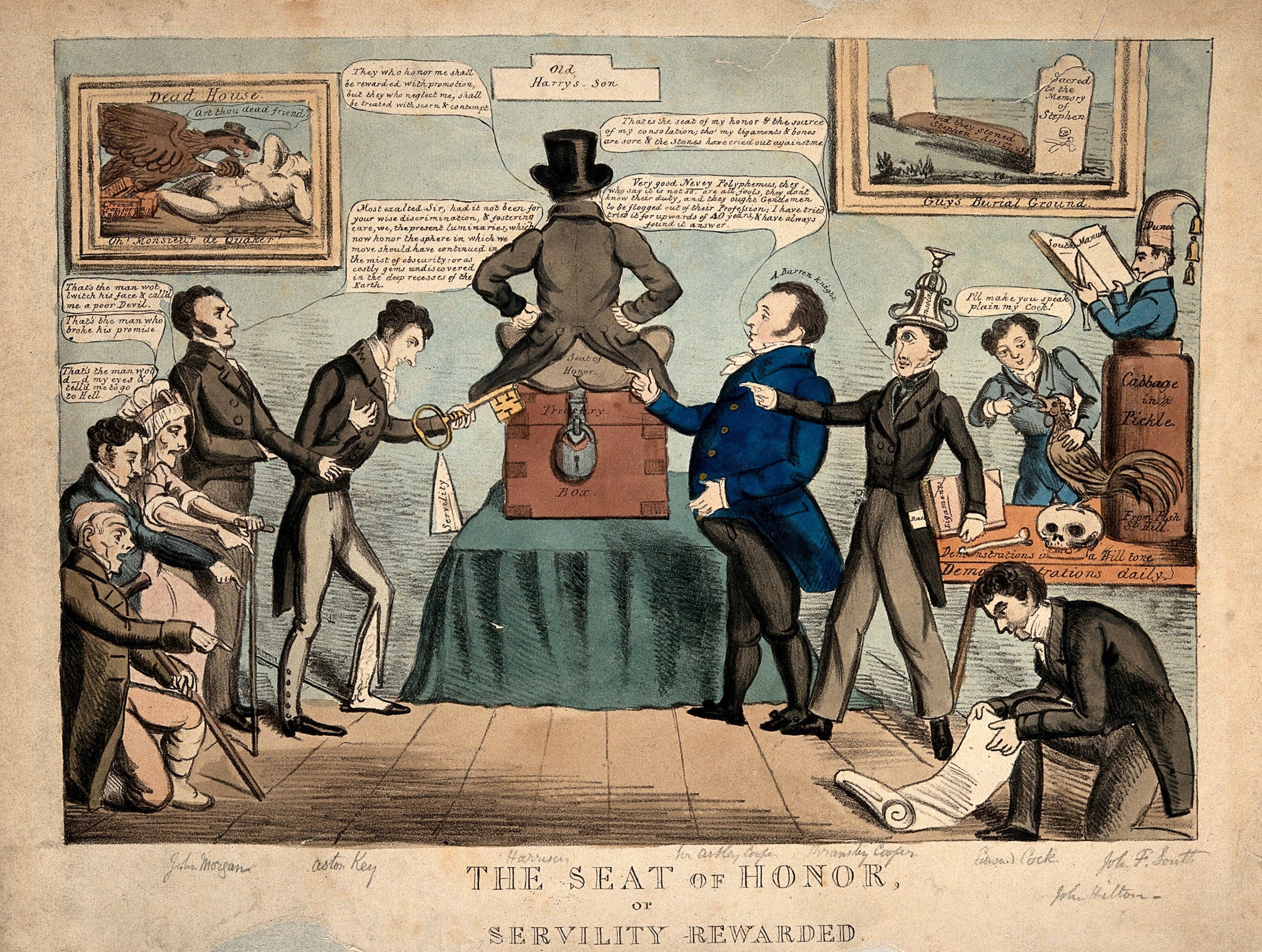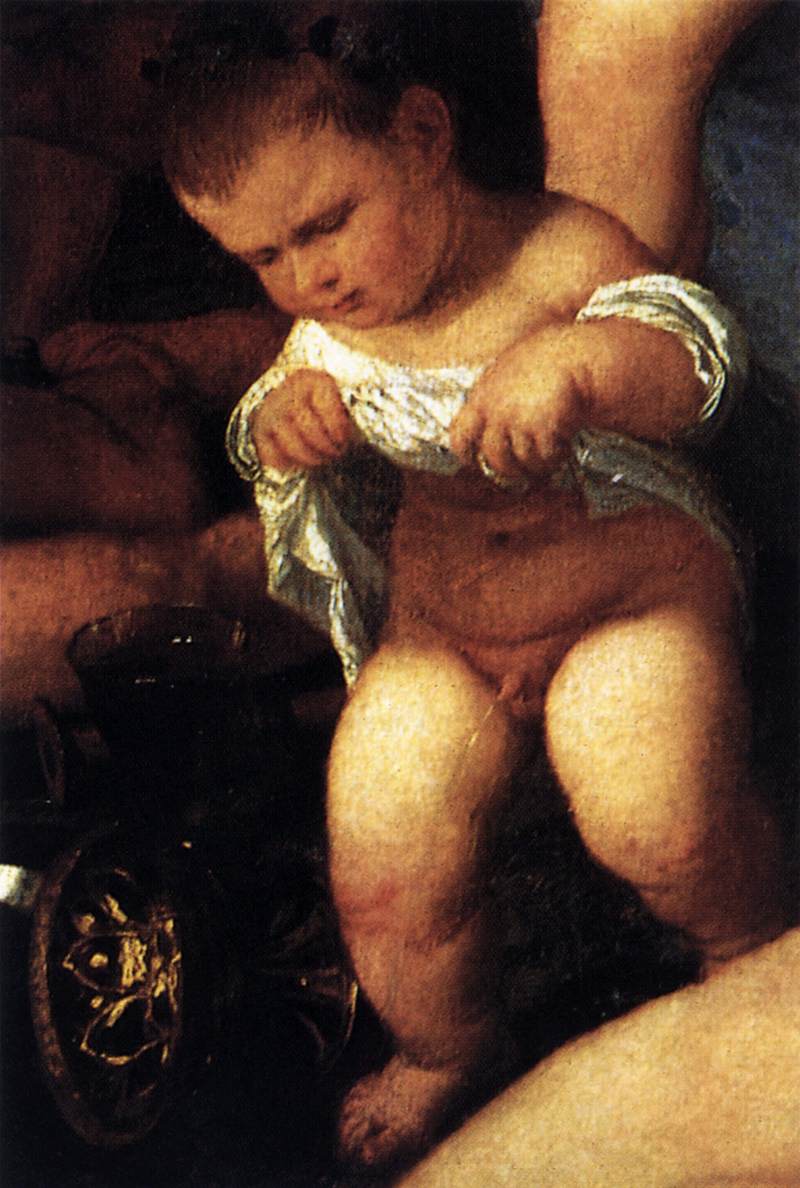|
Archery Contest Of Diana And Her Nymphs
''The Archery Contest of Diana and Her Nymphs'' is a 1616 oil-on-canvas painting by the Italian artist Domenichino. The painting is also known as ''Diana and her Nymphs after the Hunt,'' ''Diana Hunting,'' and even ''The Hunt of Diana.'' It was commissioned by Cardinal Pietro Aldobrandini, but was stolen from him by Cardinal Scipione Borghese. It is now in the Galleria Borghese in Rome, Italy. Artist Domenichino was born Domenico Zampieri in Bologna, Italy in the year 1581. Domenichino was a student of Flemish art, and studied under the artist Denys Calvaert, until he moved to Rome where he worked in the teams employed by the Carracci, including the frescoes designed by Annibale for the Palazzo Farnese where he acquired the nickname Domenichino, meaning little Domenico. He then became a favored assistant to Annibale Carracci himself. Domenichino was later commissioned by both Cardinal Pietro Aldobrandini and Cardinal Scipione Borghese. This painting was completed after Domenich ... [...More Info...] [...Related Items...] OR: [Wikipedia] [Google] [Baidu] |
Domenichino
Domenico Zampieri (, ; October 21, 1581 – April 6, 1641), known by the diminutive Domenichino (, ) after his shortness, was an Italian Baroque painter of the Bolognese School of painters. Life Domenichino was born in Bologna, son of a shoemaker, and there initially studied under Denis Calvaert. After quarreling with Calvaert, he left to work in the Accademia degli Incamminati of the Carracci where, because of his small stature, he was nicknamed Domenichino, meaning "little Domenico" in Italian. He left Bologna for Rome in 1602 and became one of the most talented apprentices to emerge from Annibale Carracci's supervision. As a young artist in Rome he lived with his slightly older Bolognese colleagues Albani and Guido Reni, and worked alongside Lanfranco, who later would become a chief rival. In addition to assisting Annibale with completion of his frescoes in the Galleria Farnese, including ''A Virgin with a Unicorn'' (c. 1604–05), he painted three of his own frescoes in ... [...More Info...] [...Related Items...] OR: [Wikipedia] [Google] [Baidu] |
House Of Este
The House of Este ( , , ) is a European dynasty of North Italian origin whose members ruled parts of Italy and Germany for many centuries. The original House of Este's elder branch, which is known as the House of Welf, included dukes of Bavaria and of Brunswick. This branch produced Britain's Hanoverian monarchs, as well as one Emperor of Russia (Ivan VI) and one Holy Roman Emperor (Otto IV). The original House of Este's younger branch, which is simply called the House of Este, included rulers of Ferrara (1240–1597), and of Modena (–1859) and Reggio (1288–1796). This branch's male line became extinct with the death of Ercole III in 1803. Origins According to Edward Gibbon, the family originated from the Roman Attii family, which migrated from Rome to EsteThe miscellaneous Works of Edward Gibbon Vol 3 page 172 to defend Italy against the Ostrogoths. However, there is little evidence to support this hypothesis. The names of the early members of the family indicate that ... [...More Info...] [...Related Items...] OR: [Wikipedia] [Google] [Baidu] |
1616 Paintings
Events January–June * January ** Six-year-old António Vieira arrives from Portugal, with his parents, in Bahia (present-day Salvador) in Colonial Brazil, where he will become a diplomat, noted author, leading figure of the Church, and protector of Brazilian indigenous peoples, in an age of intolerance. ** Officials in Württemberg charge astronomer Johannes Kepler with practicing "forbidden arts" (witchcraft). His mother had also been so charged and spent 14 months in prison. * January 1 – King James I of England attends the masque ''The Golden Age Restored'', a satire by Ben Jonson on fallen court favorite the Earl of Somerset. The king asks for a repeat performance on January 6. * January 3 – In the court of James I of England, the king's favorite George Villiers becomes Master of the Horse (encouraging development of the thoroughbred horse); on April 24 he receives the Order of the Garter; and on August 27 is created Viscount Villiers and Baron Waddon, receivin ... [...More Info...] [...Related Items...] OR: [Wikipedia] [Google] [Baidu] |
Catholic Church
The Catholic Church, also known as the Roman Catholic Church, is the largest Christian church, with 1.3 billion baptized Catholics worldwide . It is among the world's oldest and largest international institutions, and has played a prominent role in the history and development of Western civilization.O'Collins, p. v (preface). The church consists of 24 ''sui iuris'' churches, including the Latin Church and 23 Eastern Catholic Churches, which comprise almost 3,500 dioceses and eparchies located around the world. The pope, who is the bishop of Rome, is the chief pastor of the church. The bishopric of Rome, known as the Holy See, is the central governing authority of the church. The administrative body of the Holy See, the Roman Curia, has its principal offices in Vatican City, a small enclave of the Italian city of Rome, of which the pope is head of state. The core beliefs of Catholicism are found in the Nicene Creed. The Catholic Church teaches that it is the on ... [...More Info...] [...Related Items...] OR: [Wikipedia] [Google] [Baidu] |
Nepotism
Nepotism is an advantage, privilege, or position that is granted to relatives and friends in an occupation or field. These fields may include but are not limited to, business, politics, academia, entertainment, sports, fitness, religion, and other activities. The term originated with the assignment of nephews to important positions by Catholic popes and bishops. Nepotism has been criticized since the ancient times by several philosophers, including Aristotle, Valluvar, and Confucius, condemning it as both evil and unwise. Origins The term comes from Italian word ''nepotismo'',"Nepotism." Dictionary.com. Retrieved 20 June 2013. which is based on Latin root ''nepos'' meaning nephew. Since the an ... [...More Info...] [...Related Items...] OR: [Wikipedia] [Google] [Baidu] |
Tizian 029
Tiziano Vecelli or Vecellio (; 27 August 1576), known in English as Titian ( ), was an Italian (Venetian) painter of the Renaissance, considered the most important member of the 16th-century Venetian school. He was born in Pieve di Cadore, near Belluno. During his lifetime he was often called ''da Cadore'', 'from Cadore', taken from his native region. Recognized by his contemporaries as "The Sun Amidst Small Stars" (recalling the final line of Dante's '' Paradiso''), Titian was one of the most versatile of Italian painters, equally adept with portraits, landscape backgrounds, and mythological and religious subjects. His painting methods, particularly in the application and use of colour, exercised a profound influence not only on painters of the late Italian Renaissance, but on future generations of Western artists. His career was successful from the start, and he became sought after by patrons, initially from Venice and its possessions, then joined by the north Italian princ ... [...More Info...] [...Related Items...] OR: [Wikipedia] [Google] [Baidu] |
Giovanni Baglione
Giovanni Baglione (1566 – 30 December 1643) was an Italian Late Mannerist and Early Baroque painter and art historian. He is best remembered for his acrimonious and damaging involvement with the slightly younger artist Caravaggio and his important collection of biographies of the other artists working in Rome in his lifetime, although there are many works of his in Roman churches and galleries and elsewhere. Life He was born and died in Rome, but from his own account came from a noble family of Perugia. A pupil of the obscure Florentine artist working in Rome, Francesco Morelli (not to be confused with the later French-Italian engraver Francesco Morelli), he worked mainly in Rome, initially with a late-Mannerist style influenced by Giuseppe Cesari (or the "Cavaliere d'Arpino"). After an ''intermezzo Caravaggesco'' when he was heavily influenced by the young Caravaggio in the early years of the new century, and a Bolognese-influenced phase in the 1610s, Baglione's final ... [...More Info...] [...Related Items...] OR: [Wikipedia] [Google] [Baidu] |
Muses
In ancient Greek religion and mythology, the Muses ( grc, Μοῦσαι, Moûsai, el, Μούσες, Múses) are the inspirational goddesses of literature, science, and the arts. They were considered the source of the knowledge embodied in the poetry, lyric songs, and myths that were related orally for centuries in ancient Greek culture. Melete, Aoede, and Mneme are the original Boeotian Muses, and Calliope, Clio, Erato, Euterpe, Melpomene, Polyhymnia, Terpsichore, Thalia, and Urania are the nine Olympian Muses. In modern figurative usage, a Muse may be a source of artistic inspiration. Etymology The word ''Muses'' ( grc, Μοῦσαι, Moûsai) perhaps came from the o-grade of the Proto-Indo-European root (the basic meaning of which is 'put in mind' in verb formations with transitive function and 'have in mind' in those with intransitive function), or from root ('to tower, mountain') since all the most important cult-centres of the Muses were on mountains or hills. R ... [...More Info...] [...Related Items...] OR: [Wikipedia] [Google] [Baidu] |
Cardinal-nephew
A cardinal-nephew ( la, cardinalis nepos; it, cardinale nipote; es, valido de su tío; pt, cardeal-sobrinho; french: prince de fortune)Signorotto and Visceglia, 2002, p. 114. Modern French scholarly literature uses the term "cardinal-neveu'". was a cardinal elevated by a pope who was that cardinal's relative. The practice of creating cardinal-nephews originated in the Middle Ages, and reached its apex during the 16th and 17th centuries. The last cardinal-nephew was named in 1689 and the practice was abolished in 1692.Bunson, Matthew. 1995.Cardinal Nephew. ''The Pope Encyclopedia''. Crown Trade Paperbacks. . The word ''nepotism'' originally referred specifically to this practice, when it appeared in the English language about 1669. From the middle of the Avignon Papacy (1309–1377) until Pope Innocent XII's anti-nepotism bull (a papal charter), ''Romanum decet pontificem'' (1692), a pope without a cardinal-nephew was the exception to the rule. Every Renaissance pope who creat ... [...More Info...] [...Related Items...] OR: [Wikipedia] [Google] [Baidu] |
Pope Paul V
Pope Paul V ( la, Paulus V; it, Paolo V) (17 September 1550 – 28 January 1621), born Camillo Borghese, was head of the Catholic Church and ruler of the Papal States from 16 May 1605 to his death in January 1621. In 1611, he honored Galileo Galilei as a member of the Papal Accademia dei Lincei and supported his discoveries. In 1616, Pope Paul V instructed Cardinal Bellarmine to inform Galileo that the Copernican theory could not be taught as fact, but Bellarmine's certificate allowed Galileo to continue his studies in search for evidence and use the geocentric model as a theoretical device. That same year Paul V assured Galileo that he was safe from persecution so long as he, the Pope, should live. Bellarmine's certificate was used by Galileo for his defense at the trial of 1633. Early life Camillo Borghese was born in Rome on 17 September 1550 into the Borghese family of Siena which had recently established itself in Rome. He was the eldest son of seven sons of t ... [...More Info...] [...Related Items...] OR: [Wikipedia] [Google] [Baidu] |
The Bacchanal Of The Andrians
''The Bacchanal of the Andrians'' or ''The Andrians'' is an oil painting by Titian. It is signed "TICIANUS F. ciebat and is dated to 1523–1526. History The painting was made by Titian for the Sala dei Baccanali in the Camerini d'alabastro for Alfonso I d'Este, after ''The Worship of Venus'' (1518–1519) and ''Bacchus and Ariadne'' (1520–1523) and Titian's intervention on ''The Feast of the Gods'' by Bellini in 1524–1525 where he retouched the landscape to match the style of the other paintings. In 1598, control of Ferrara passed to the Papal State and the Este family had to withdraw to Modena. During the transfer, cardinal and papal legate Pietro Aldobrandini appropriated many paintings, among which were ''The Bacchanal'' and ''The Worship of Venus''. Aldobrandini never exhibited the taken paintings. His theft only became known in 1629 after the paintings had come into the Ludovisi inheritance and then were sold to the Duke of Monterrey in payment of the Principality o ... [...More Info...] [...Related Items...] OR: [Wikipedia] [Google] [Baidu] |



.jpg)





